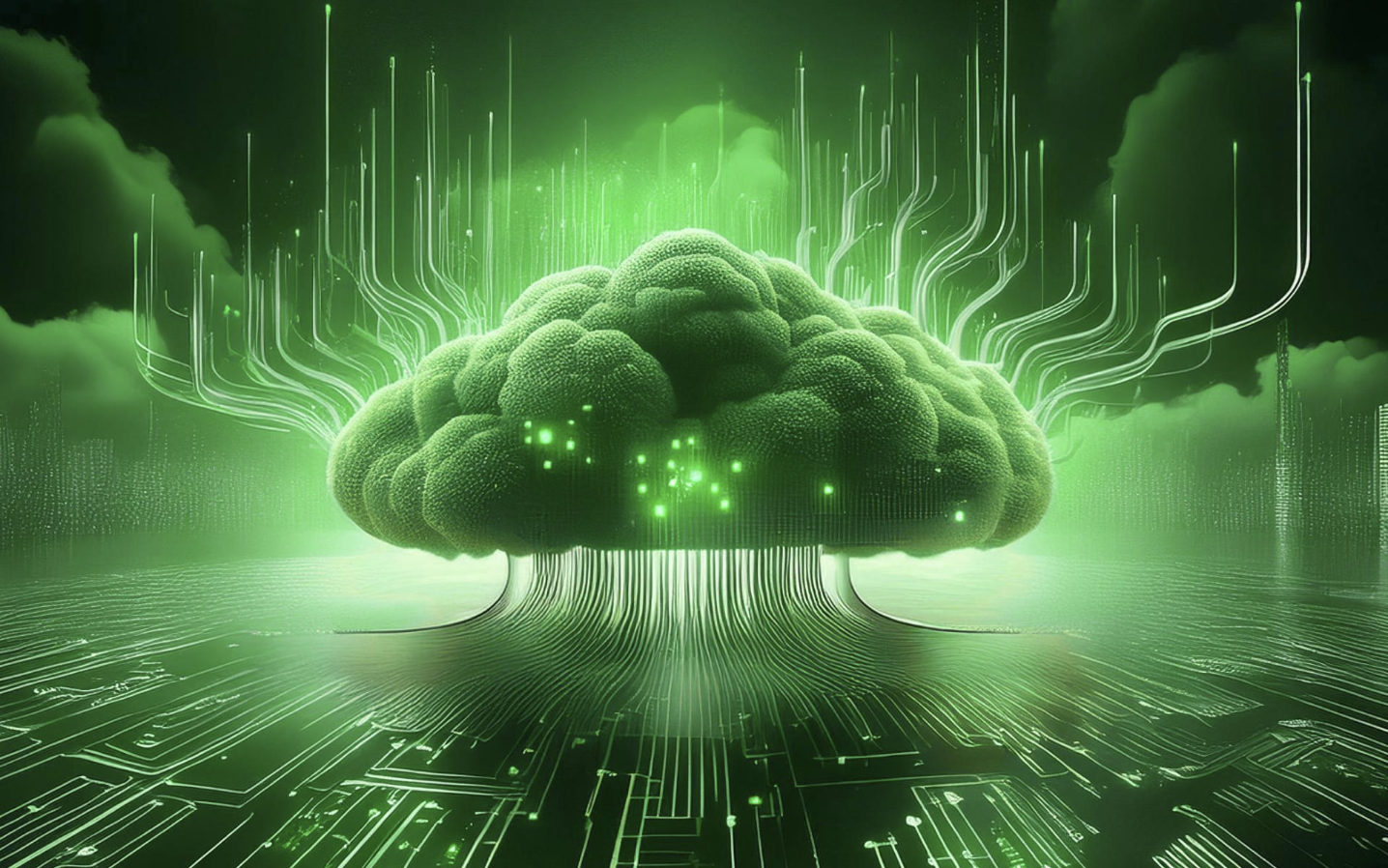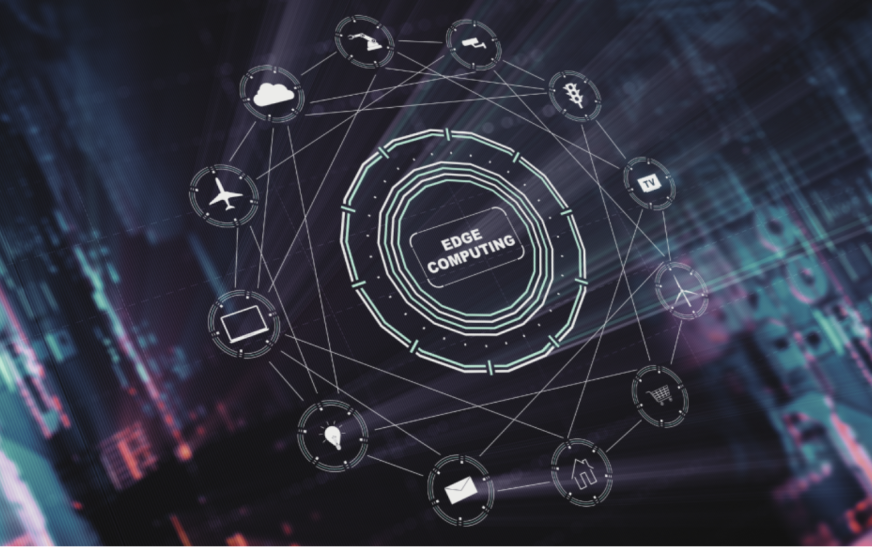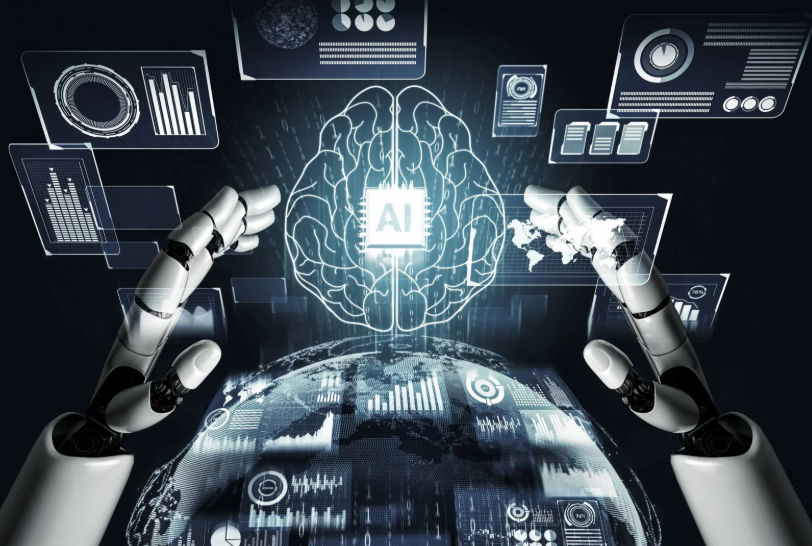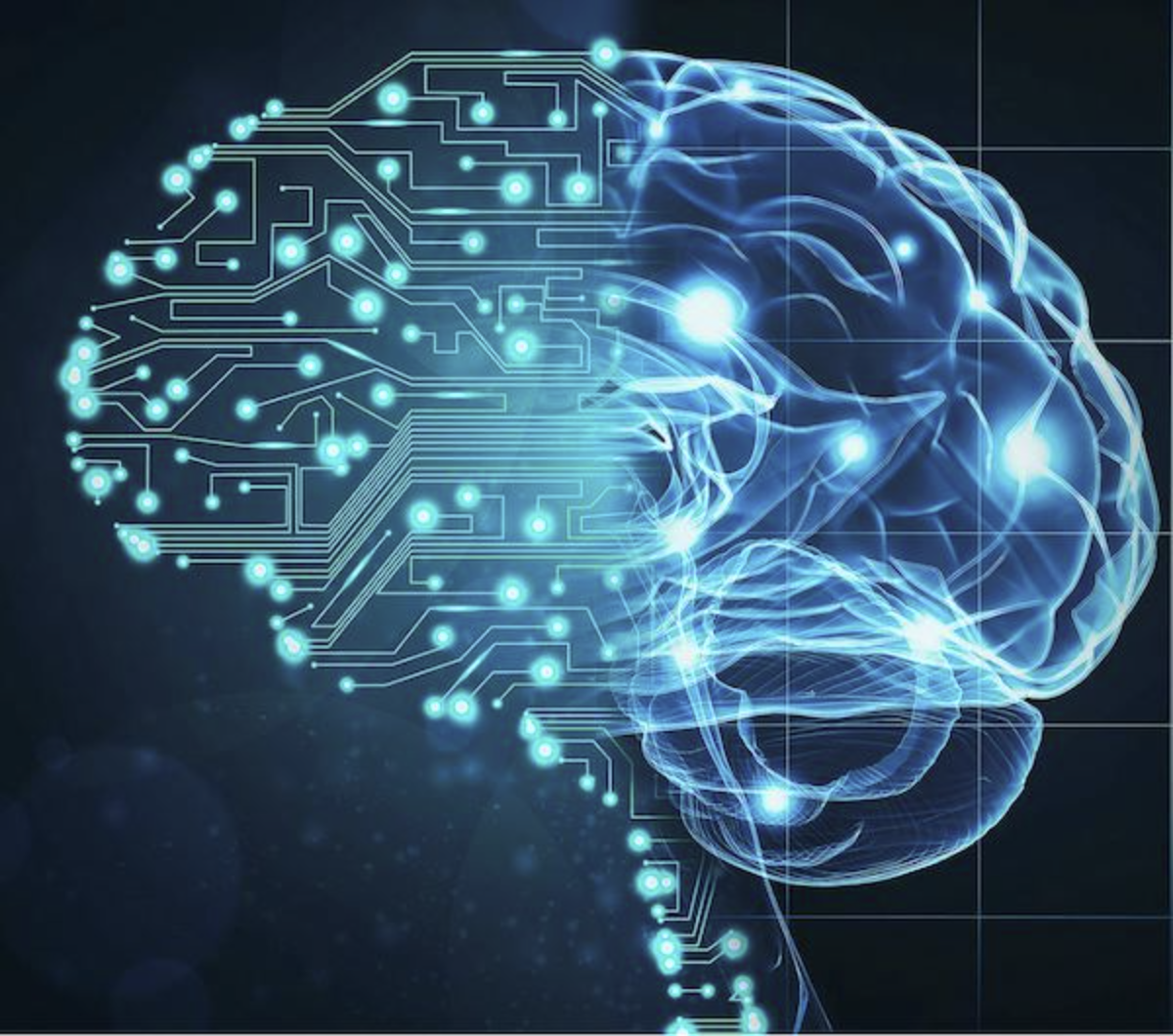
Green Cloud Computing: What is it?
Green cloud computing refers to the environmentally friendly benefits of cloud-based services in the IT sector. It combines “green” (meaning eco-friendly) with “cloud computing” (providing IT services over the internet). In simple terms, it means delivering IT services online while minimizing environmental impact.
The main goals of green cloud computing are to maximize energy efficiency during a device’s life, promote the use of recyclable materials, and reduce the use of harmful IT components.
Key characteristics of green cloud computing include energy efficiency, virtualization, multi-tenancy (high resource utilization), consolidation, automation, reliability, recyclability, and sustainability of cloud resources.
Green Cloud Computing Perspectives: Hardware and Software
There are two main aspects of green cloud computing: green hardware and green software engineering.
- Green Hardware: This involves energy-efficient and eco-friendly servers, storage devices, and network equipment used in data centers. It also covers the buildings housing the equipment, cooling systems, and power supply units.
- Green Software Engineering: This includes software that manages cloud-based services and data centers. The main goal here is to create systems that meet business needs while using less energy. Developers can optimize code and system architecture to reduce greenhouse gas emissions.
How Green Cloud Computing Works
Cloud service providers adopt several strategies to create more energy-efficient data centers:
- Energy Source: Providers use renewable energy like solar or wind power for their data centers and store energy in large battery banks. Some offset their carbon footprint by using renewable energy certificates (RECs), ensuring their data centers only use renewable energy.
- Facility Design: Providers improve energy use by positioning data centers in cooler areas, such as underground or underwater, to take advantage of natural cooling. They might also use surplus heat for nearby buildings or optimize energy use through AI and machine learning.
- Infrastructure Optimization: Providers enhance hardware and software by using energy-efficient equipment and techniques like dynamic voltage and frequency scaling (DVFS). Virtualization and software-defined infrastructure reduce the number of physical servers, cutting energy use.
- Workflow Optimization: Providers improve energy efficiency by adjusting workflows, such as shifting workloads to off-peak times, optimizing network traffic, improving storage, and automating repetitive tasks.
Benefits of Green Cloud Computing
Here are some advantages of green cloud computing:
- Remote Work Reduces Carbon Footprint: Cloud computing allows employees to work remotely, reducing the need for commuting, saving fuel, and lowering CO2 emissions. This also reduces office energy consumption and real estate costs.
- Paperless Operations: Cloud computing and green technologies enable businesses to go paperless, using tools like OneDrive, Google Drive, and DocuSign to store and manage documents digitally.
- Reduced E-Waste: Cloud computing helps lower e-waste generation, as it reduces the need for physical hardware. In the U.S., 24 million computers are discarded annually, contributing to e-waste in poorer countries.
Challenges of Green Cloud Computing
However, there are some drawbacks:
- Small and medium businesses may find the upfront cost of green cloud computing to be prohibitive.
- Adapting to new technologies can be challenging for businesses.
- Green computing may affect high-power applications.
Making Cloud Computing More Eco-Friendly
There are three main approaches to making cloud computing more environmentally friendly:
- Dynamic Voltage Frequency Scaling (DVFS): This technique adjusts the operational clock of electronic circuits to control the supply voltage, saving power. However, it provides lower energy savings compared to other methods.
- Virtual Machine (VM) Migration: VMs, which run applications in cloud environments, can be moved to energy-efficient servers. The goal is to transfer VMs to servers that consume the least amount of power.
- Algorithmic Approach: Research shows that an optimally used server can consume 70% less energy than a fully loaded one. This method focuses on energy efficiency by improving server usage algorithms.













